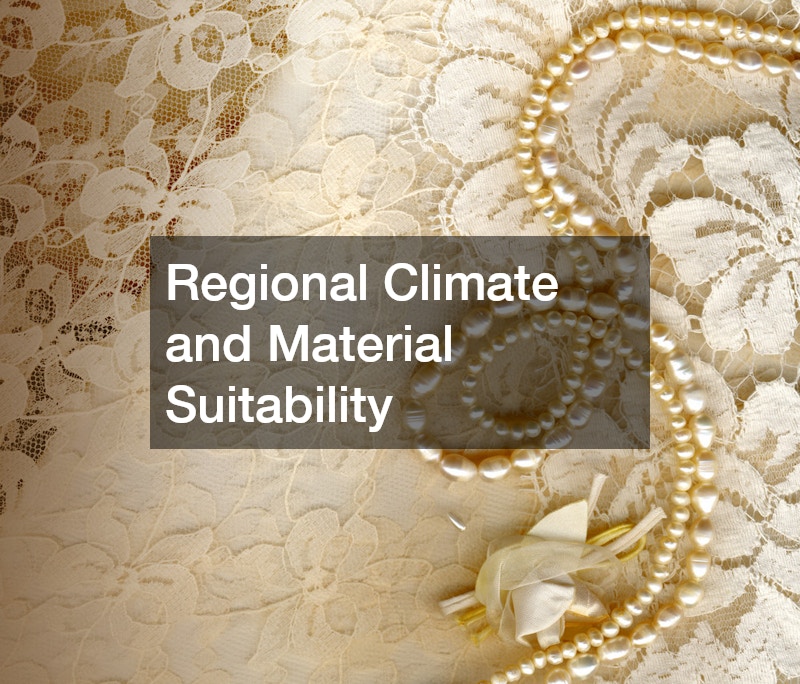The introduction would touch on the significance of upholstery in enhancing furniture aesthetics and comfort. Upholstery plays a crucial role in determining the aesthetics and comfort level of furniture. It not only contributes to the visual appeal but also dictates how functional and comfortable a piece of furniture can be. The purpose of this guide is to assist readers in making informed decisions about choosing the right upholstery supply by considering various essential factors.
Cost and Value
Assessing the cost and value of upholstery supplies involves more than just comparing price tags. It requires an examination of the intersection between cost, quality, and longevity to ensure value for money.
Cheaper options may seem appealing upfront, but investing in durable high-quality materials often results in long-term savings.
The relation between cost and fabric longevity is crucial in determining overall value. High-quality materials may have a higher initial cost but offer extended durability and reduced need for replacements. Cost-effective decisions account for both immediate budget constraints and future maintenance or replacement expenses.
When evaluating cost versus value, it is essential to consider the specific use of the furniture and the expected lifespan. Customers should weigh their priorities, such as budget limits against material attributes like comfort and aesthetic alignment. Striving for a well-balanced decision aids in achieving satisfaction without compromising essential needs.
Customer Service and Support
Outstanding customer service is a valuable aspect of dealing with upholstery supply vendors. It encompasses pre-sales assistance, after-sale support, and transparent return policies. Vendors offering comprehensive support contribute positively to the purchasing experience and customer satisfaction.
Assistance during selection often involves expert advice, helping customers choose suitable fabrics based on their specific needs and context. After-sale support such as easy return policies and responsive communication channels enhances confidence in shopping with a specific vendor. The level of customer service reflects the commitment of vendors to maintaining clientele trust and satisfaction.
Building strong relationships with vendors who prioritize customer service can be beneficial for future needs or issues. It allows for smooth resolution of problems and establishes a foundation for ongoing engagements. Evaluating vendors based on their service offerings ensures that the buying process is smooth and satisfaction is guaranteed.
Sustainability and Eco-Friendly Options
Eco-friendly upholstery options are increasingly in demand due to the growing importance of sustainability in consumer decision-making. Sustainable materials often share attributes such as renewable sourcing, reduced environmental impact, and recyclability. Selecting eco-friendly upholstery aligns with global efforts to minimize ecological footprints.
Consumers can access a variety of sustainable upholstery options, from organic fibers to recycled materials. Responsibly sourced fabrics contribute to environmental conservation and support ethical industry practices. Choosing sustainable upholstery does not necessarily compromise on style or durability; numerous fashionable and robust options are available.
Integrating sustainability into upholstery selection supports stewardship of natural resources and promotes healthier indoor environments. Eco-conscious consumers are willing to prioritize environmental benefits alongside traditional factors like aesthetics or cost. Awareness of these sustainable options enables more environmentally responsible purchasing decisions.
Indoor Air Quality Considerations
Upholstery materials can significantly impact indoor air quality depending on their composition and treatments. Certain synthetic fabrics and treatments release volatile organic compounds (VOCs), which can degrade indoor air quality. Opting for low VOC-emitting fabrics can reduce health risks associated with poor air quality.
Being informed about potential emissions from upholstery materials allows consumers to minimize negative effects on indoor environments. Fabric certifications such as GREENGUARD or OEKO-TEX are valuable, as they indicate low emission levels. Prioritizing healthier indoor air quality is essential for maintaining comfortable and safe living spaces.
Minimizing risks associated with VOCs involves selecting natural fibers or verified low-emission synthetics. Continuous monitoring of air quality and adequate ventilation further supports maintaining healthy indoor conditions. By considering indoor air quality, consumers can enjoy their furniture without compromising their environmental health standards.
Regional Climate and Material Suitability
Regional climate plays a critical role in determining suitable upholstery materials due to its influence on fabric performance. Humidity levels, temperature fluctuations, and exposure to sunlight can impact different material types. Understanding local climate conditions helps in choosing fabrics that resist damage due to environmental factors.
Materials like leather may perform well in various climates, but extreme humidity can lead to mold development. On the other hand, synthetic fabrics can deteriorate when consistently exposed to high temperatures and sunlight. Selecting the right material for specific climates ensures resilience and extends the furniture’s lifespan.
Unpredictable climate variations demand proactive consideration of appropriate upholstery materials. It involves recognizing factors like fade resistance and moisture-wicking capabilities to promote preservation. Informed choices regarding climate and material suitability optimize upholstery’s longevity and aesthetic maintenance.
The conclusion would summarize the key points discussed in the article. Upholstery selection involves a thorough assessment of factors including fabric durability, color, pattern choices, and maintenance requirements. Additionally, evaluating upholstery vendors based on quality, reputation, cost, and customer service ensures a successful purchasing experience.
Environmental aspects play a crucial role, with sustainability and indoor air quality among the key considerations in making responsible upholstery choices. Regional climate conditions further influence the selection of suitable materials for different environments. The importance of selecting the right upholstery supply lies in balancing aesthetics, functionality, quality, and environmental impact to achieve satisfaction and value.
.

